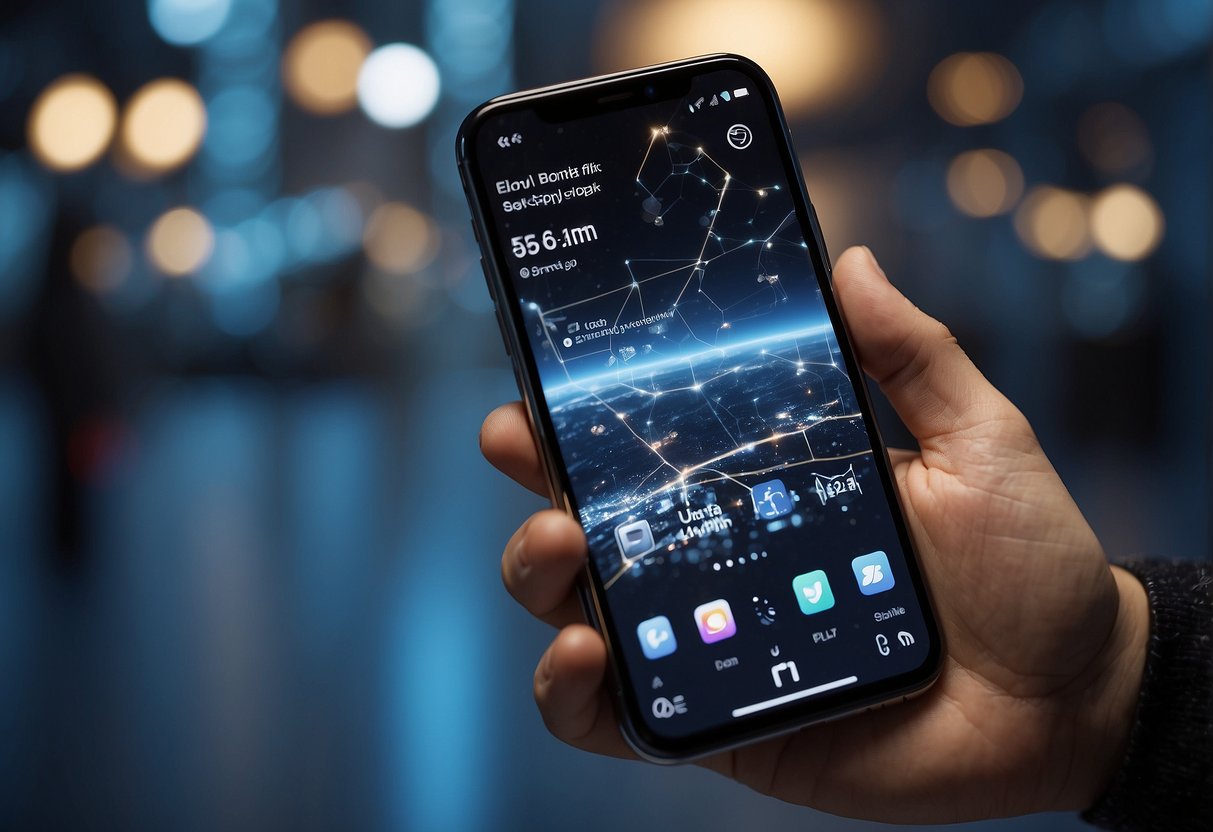
The arrival of 5G is revolutionizing mobile technology by significantly enhancing connectivity and support. 5G technology promises faster data speeds, lower latency, and more reliable connections. This leap forward enables seamless streaming, real-time communication, and efficient use of the Internet of Things (IoT).
The potential of 5G extends beyond mere speed improvements. It paves the way for innovative applications in areas such as augmented reality, remote surgery, and smart cities. Mobile devices equipped with 5G can handle complex tasks more efficiently, transforming user experiences and industry practices.
Moreover, 5G networks support a substantial increase in the number of connected devices. Enhanced support means that mobile networks can now manage more connections concurrently without sacrificing performance, making it ideal for densely populated areas and large-scale events. This expanded capability ensures that users experience seamless connectivity, even in the most crowded environments.
The Evolution of Mobile Networks
Mobile networks have dramatically evolved from their early stages, each generation bringing incremental improvements in speed, capacity, and connectivity. These advancements have paved the way for the current 5G technology, significantly enhancing user experience and enabling new applications.
From 3G to 4G LTE
The introduction of 3G networks marked a significant milestone, offering data transfer rates high enough to support mobile internet access and multimedia applications. This was a substantial improvement over previous generations, primarily focused on voice communication.
4G networks, particularly 4G LTE (Long Term Evolution), brought a quantum leap in data speeds, reducing latency, and enhancing network efficiency. LTE’s adoption of OFDMA (Orthogonal Frequency Division Multiple Access) allowed for better spectrum efficiency and higher throughput. The 3rd Generation Partnership Project (3GPP) played a critical role in standardizing these advancements, ensuring global compatibility and interoperability.
These improvements laid the groundwork for the proliferation of mobile applications, video streaming services, and other high-bandwidth applications that are now commonplace.
4G vs 5G: The Technological Leap
5G technology represents a significant leap from 4G, offering not just faster speeds but also lower latency and the ability to connect a vast number of devices simultaneously. This advancement is crucial for the development of the Internet of Things (IoT), autonomous vehicles, and smart cities.
5G uses higher frequency bands, such as millimeter waves, which provide significantly higher data rates. Enhanced Mobile Broadband (eMBB), Ultra-Reliable Low-Latency Communications (URLLC), and Massive Machine Type Communications (mMTC) are the three primary pillars of 5G, each addressing different aspects of modern connectivity needs.
The roll-out of 5G has also required updates to the existing cellular infrastructure. Small cells, edge computing, and network slicing are some of the innovations that support the new 5G standards, ensuring that the network can handle the increased demand and offer enhanced service quality.
Fundamentals of 5G Technology
The emergence of 5G technology marks a significant step forward in mobile telecommunications, offering faster speeds and lower latency. The key components include advanced spectrum and bandwidth capabilities, the utilization of millimeter waves, and improvements in radio access technology.
Understanding Spectrum and Bandwidth
5G technology utilizes a broader range of the spectrum to provide higher data rates. Unlike previous generations, 5G uses frequencies from the low-band spectrum (below 1 GHz) to the high-band spectrum, particularly the millimeter waves (above 24 GHz). This broad use of the spectrum ensures more channels and better adaptability to different geographic and usage scenarios. Higher bandwidths also enable seamless connectivity for more devices, boosting both speed and efficiency.